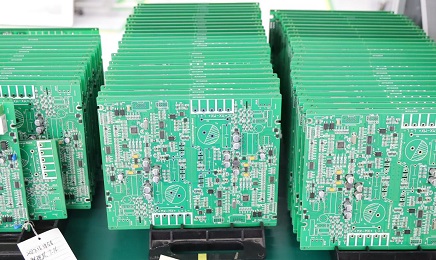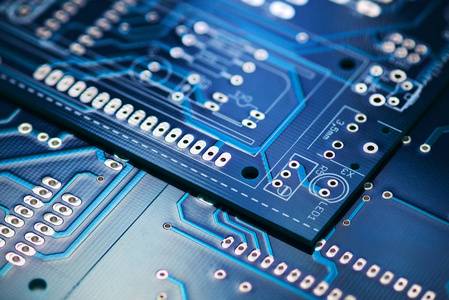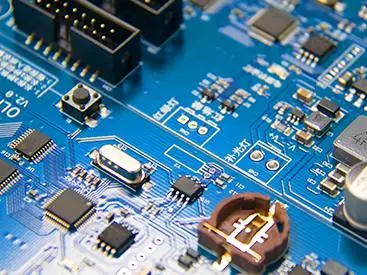
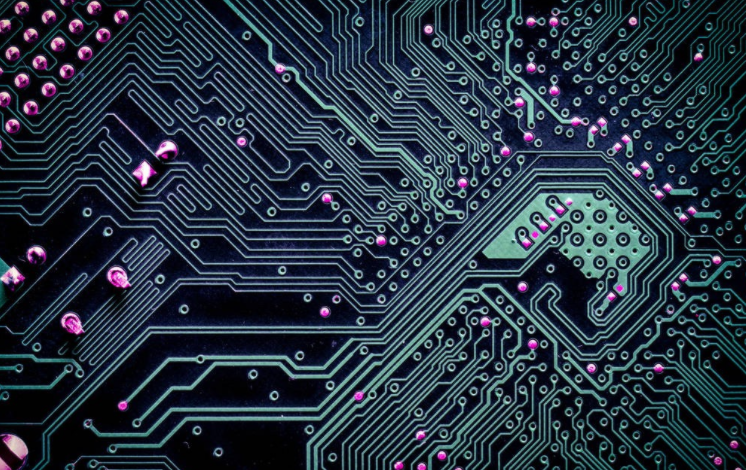
What is a flexible mICrocircuit? What are its applications?
With the increasing demand for SMAll electronic equipment, printed circuit boards (PCBs) are constantly reaching new innovation capabilities. Flexible PCB, commonly referred to as flexible circuit, improves the traditional circuit board manufacturing by placing the conductive track on the flexible polyimide substrate instead of the rigid glass reinforced substrate. Now, flexible PCB microcircuits provide further improvements, reduce the size of flexible circuits, and open the industry to smaller, higher performance technologies. Learn more about these Small circuit boards and their applications below.
Application of flexible PCB Microcircuit
Flexible PCB microcircuits are essentially miniature versions of flexible circuits. They are available in single-sided, double-sided, and multi-layer configurations, allowing them to provide different levels of functionality. Some of the benefits of flexible PCB microcircuits include:
Flexible structure: Like larger flexible circuits, flexible microcircuits are designed to withstand bending, twisting and folding. This structure allows flexible PCB microcircuits to be instalLED in a narrow and irregular space, which is very suitable for small devices.
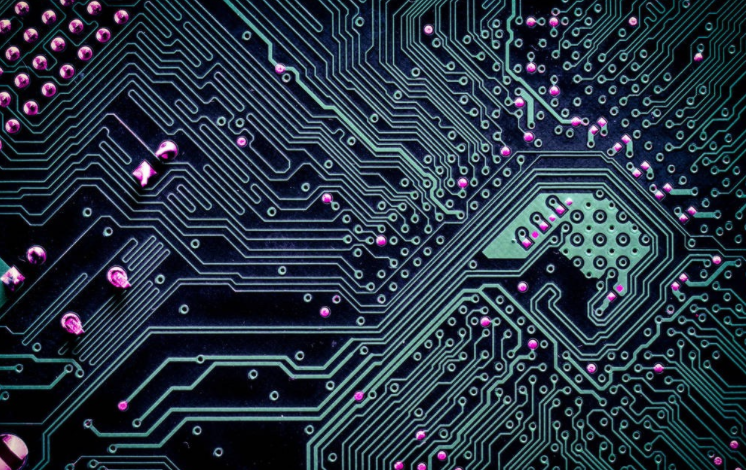
Small size and light weight: flexible microcircuits in pcba production promote the compact size and weight of flexible circuits to another level. They greatly reduce weight and space requirements while maintaining circuit functionality.
Good signal integrity: Using special etching equipment, flexible microcircuits with strong signal integrity can be made. These microcircuits are often used in applications that require reliable, high-speed connections.
High resistance to vibration and impact: The flexible base of the microcircuit makes it more resistant to impact and vibration, which has proved to be useful in small consumer electronic products that are often even frequently used.
然后
聯(lián)系
電話熱線
13410863085Q Q

微信

- 郵箱




